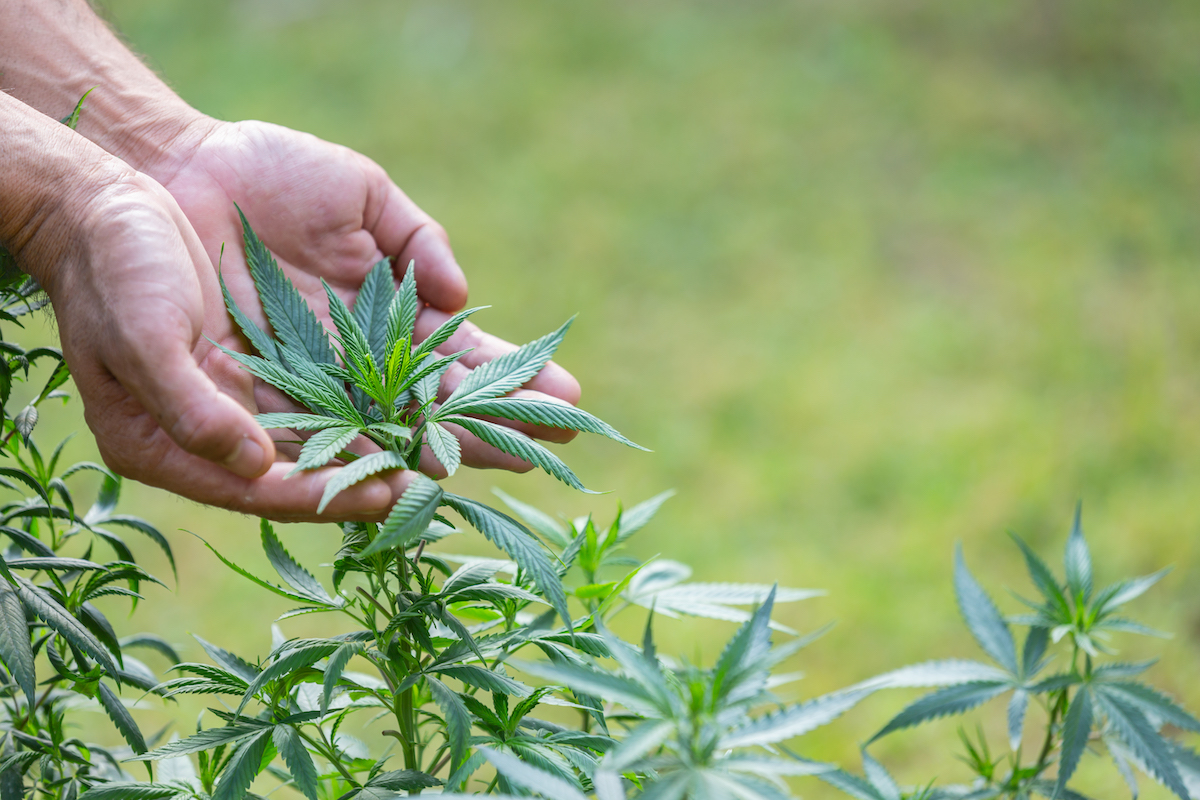The next frontier in green building is emerging as carbon-sequestering materials. Incorporating such materials into tight, energy-efficient building shells has the potential to fully offset the 40 percent of total greenhouse-gas emissions that structures contribute to global warming. One such material is hempcrete, an innovative insulation that is better for people and the planet.
Hempcrete, or hemp lime, as it is sometimes called, is made from the woody core of the cannabis plant combined with lime and water. Hemp is fast-growing (typically 3-4 months), likes a wide range of soil and climate conditions, and requires no pesticides. An acre of hemp can sequester an impressive 10 tons of carbon dioxide, more than an acre of trees can sequester in an entire year. When turned into hempcrete, the carbon remains locked in the inner woody layer. The lime binder also sucks up carbon. However, cultivating it does require a good amount of water.
The insulating value per inch of hemp is comparable to fiberglass insulation (R-2.5-3), yet it has none of the harmful synthetic ingredients that fiberglass and most other commercial insulations contain. Hempcrete acts like a toxic-free sponge that absorbs moisture from the surrounding air when it is humid and releases it again when it is dry. This ever-adjusting behavior creates a healthier relative indoor humidity and an improved sense of comfort. It has good sound-dampening properties that also contribute to good indoor environmental quality.
The use of hempcrete is growing rapidly in Europe. It has been used in Paris since 2012 and is now being government-funded in subsidized social housing projects. It is also getting traction in the U.S. but was hindered by a later start because of the legal ban on all hemp uses, only recently lifted.
Although made from the woody core of Cannabis sativa, hempcrete is highly fire-, mold-, and insect-resistant, due to the lime envelopment of the plant elements. Not surprisingly, all the other parts of the plant can be turned into other products. The only negative for hempcrete seems to be that it costs more than fiberglass insulation, about double, although that differential will diminish as it gains market share. The product comes in various forms: batts, blown-in, blankets, and rigid boards.
Hempcrete is part of a class of composite building materials that has received negative-carbon-material classification, and among these, it is the top negative-carbon performer. Many other building materials are now being made and analyzed for their carbon-storing properties. The optimum is to create carbon-storing buildings that also operate on renewable energy, making them zero-net-energy and zero-net-carbon structures.
Support the Santa Barbara Independent through a long-term or a single contribution.




